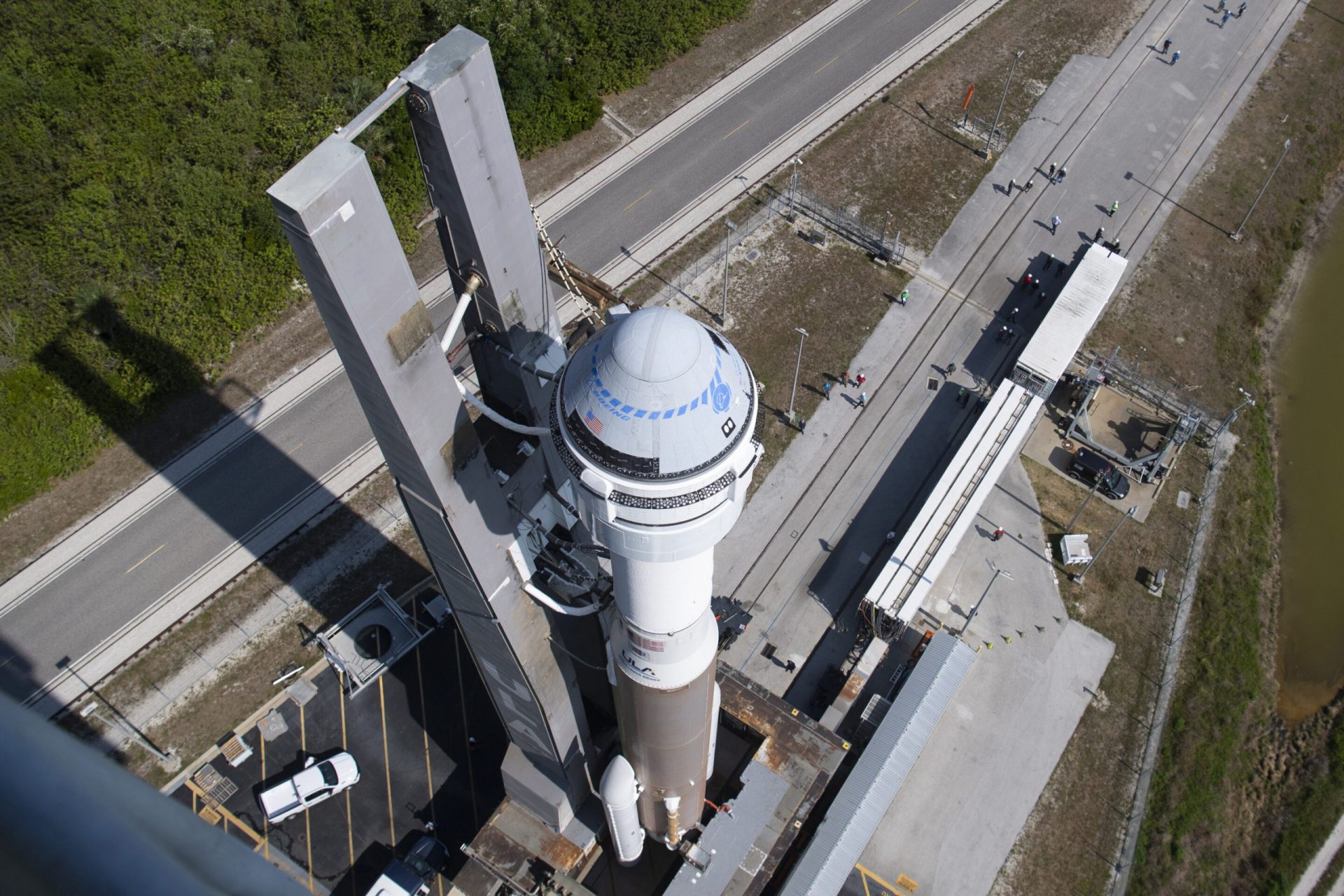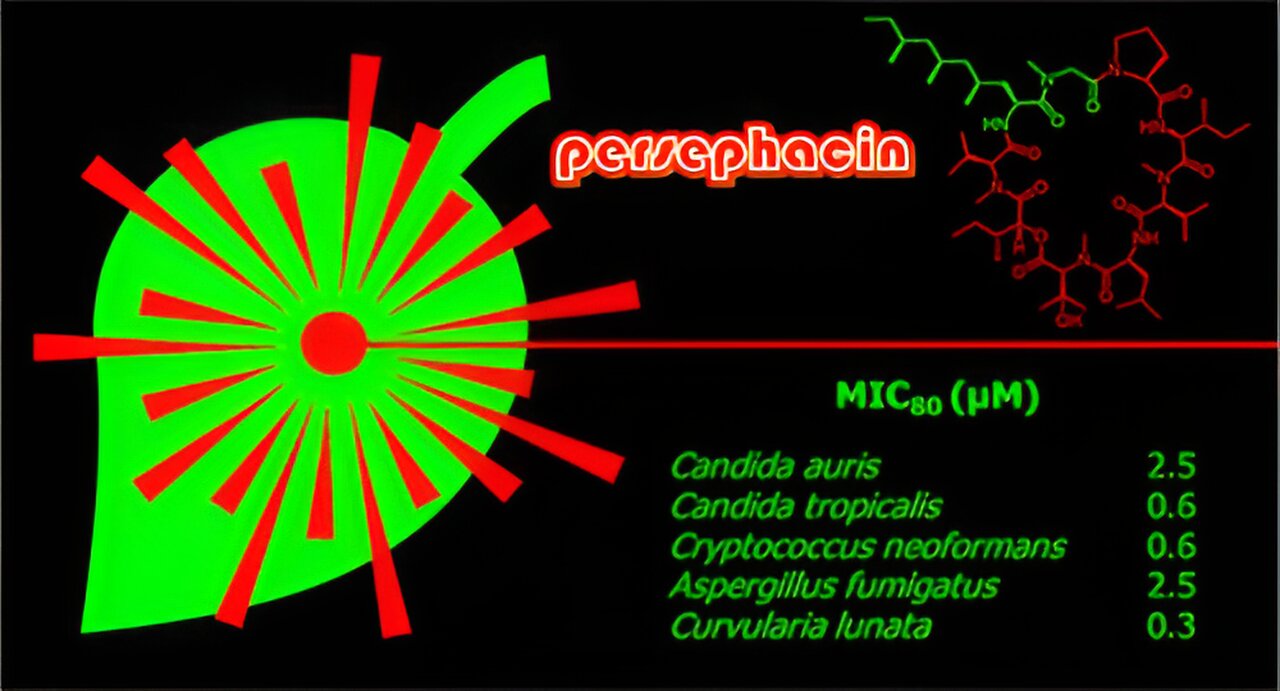Boeing’s first astronaut flight, already years behind schedule, has been delayed once again until at least next March.
Problems with the parachute lines and flammable tape have emerged during final reviews, pushing back the launch of the Starliner capsule. Boeing expects to finish removing the tape in the coming weeks, but a redesigned parachute system won’t be ready until December.
If a parachute drop test goes well later this year, the spacecraft could be prepared to transport two NASA astronauts to the International Space Station as early as March. However, scheduling the first crew flight will depend on other space station traffic, making it too early to set a tentative date.
To ensure there are no further issues, NASA and Boeing are conducting independent reviews.
Boeing program manager Mark Nappi stated that technicians are nearly halfway done removing the flammable tape used to protect capsule wiring. Any tape that cannot be removed from vulnerable areas will be covered with a protective coating.
The original guidelines for using the tape were unclear, but it was later discovered that it could not be used in certain areas due to its flammability.
The parachute problem will take more time to resolve. Soft links in the parachute lines did not meet safety standards, as they had passed improper testing years ago. A new and stronger design will be incorporated into the upgraded parachutes currently being developed.
“There’s always the mystery of something else that can pop up,” Nappi told reporters. However, given the current situation, “we have a pretty good schedule laid out” to potentially launch as early as March.
NASA hired Boeing and SpaceX nearly a decade ago to transport astronauts to and from the space station. While SpaceX has been providing its taxi service for three years, Boeing has only conducted two Starliner space test flights without crew members.
NASA still aims to have two competing crew launchers, even as the projected end of the space station program in 2030 approaches. The goal is to have one Boeing and one SpaceX crew flight each year.








